Chhath in Nepali and Hindi languages means six which is why, this festival is celebrated on the sixth day of the month of Karthika. This is also the reason why it is named Chhath Puja.
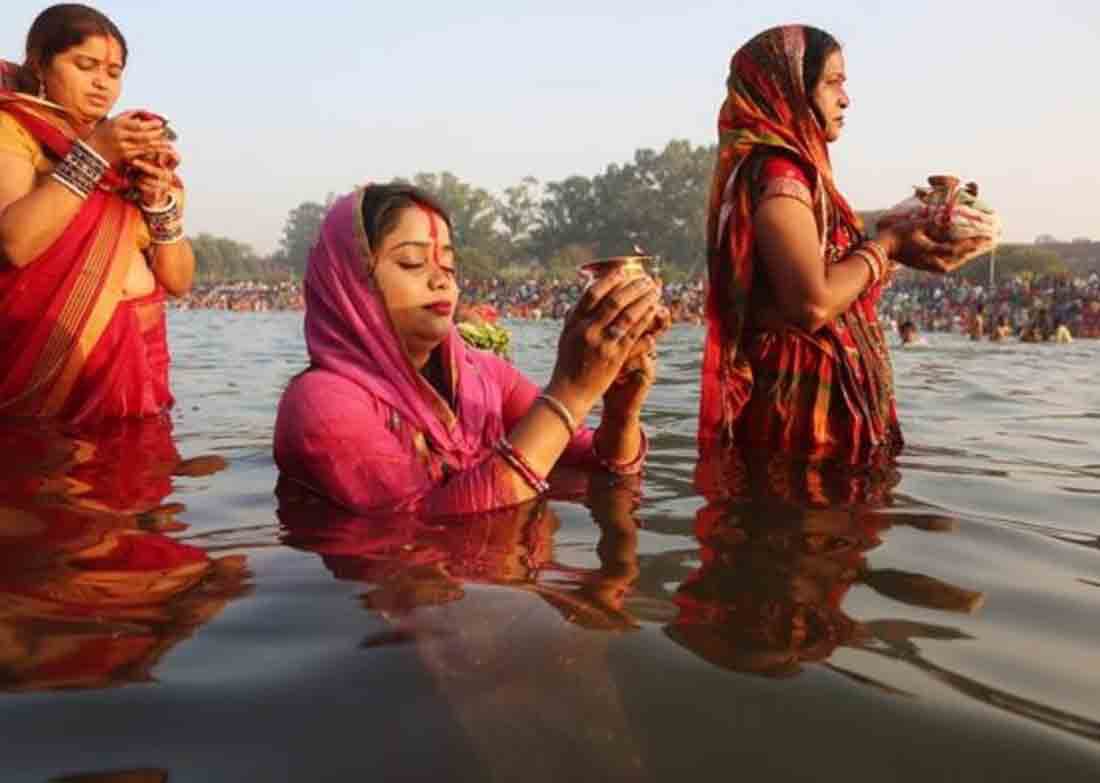
This year, Chhath Puja will be celebrated from 20th-23th November. Though, know that this year, Jharkhand has banned Chhath Puja in water bodies and restricted firecrackers and special lightings. The Delhi government has also banned community celebrations of Chhath Puja at public places like river banks, temples and ghats due to rising Covid-19 cases.
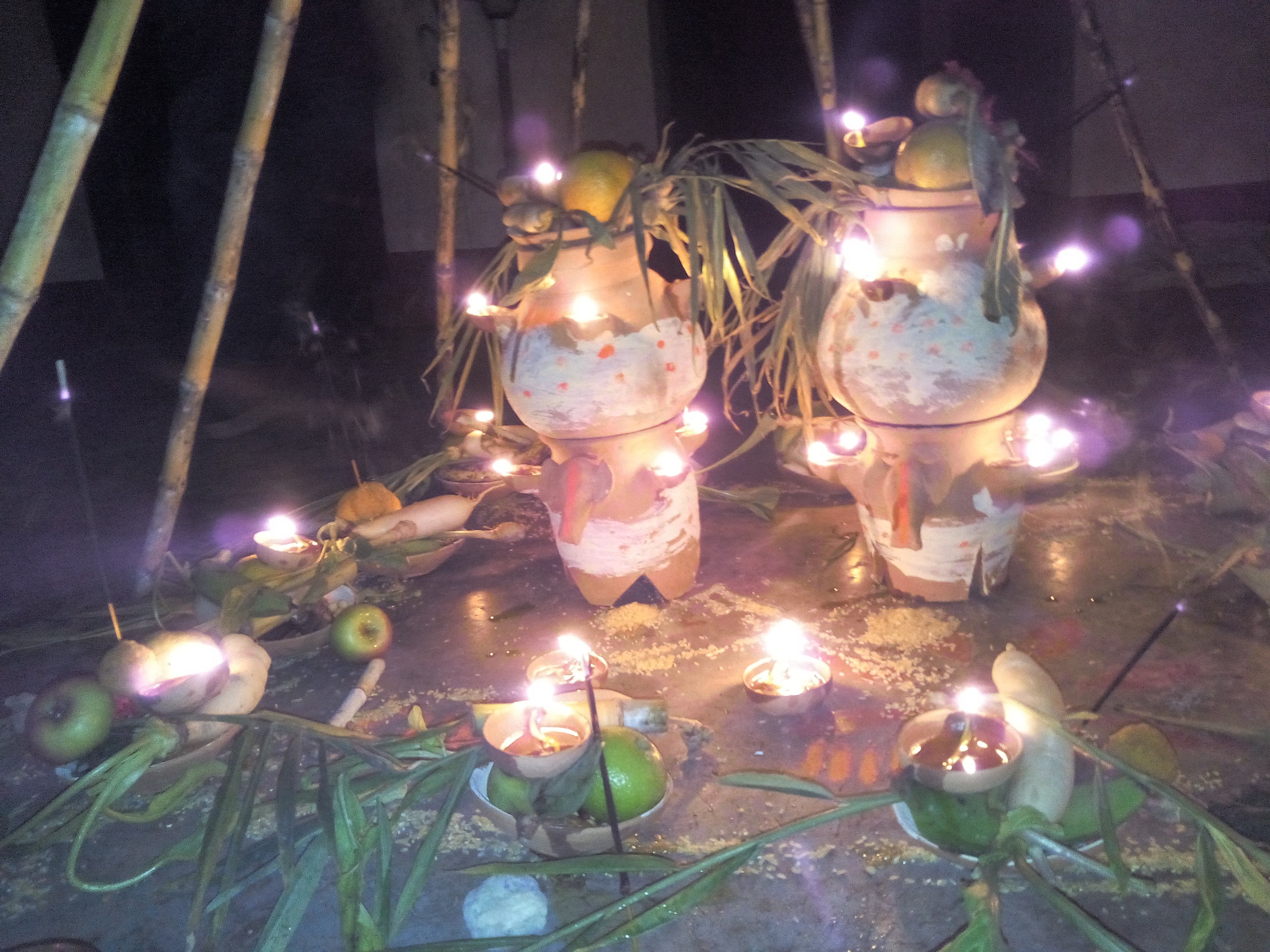
How did it all start, you ask? It is said that during ancient times, Draupadi and the Pandavas of Hastinapur used to celebrate Chhath in order to solve their problems and to win back their lost kingdom again.
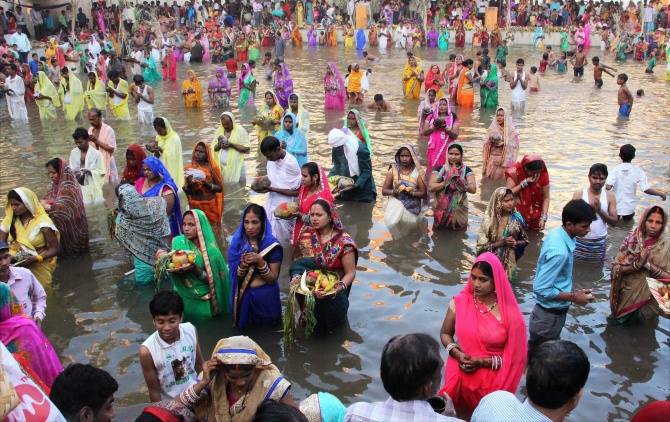
But, other legends say that Chhath Puja was first performed by Karna, who is considered to be an offspring of Lord Surya and Kunti. He ruled over the Anga Desh which is the modern-day Bhagalpur in Bihar, during the age of Mahabharata.
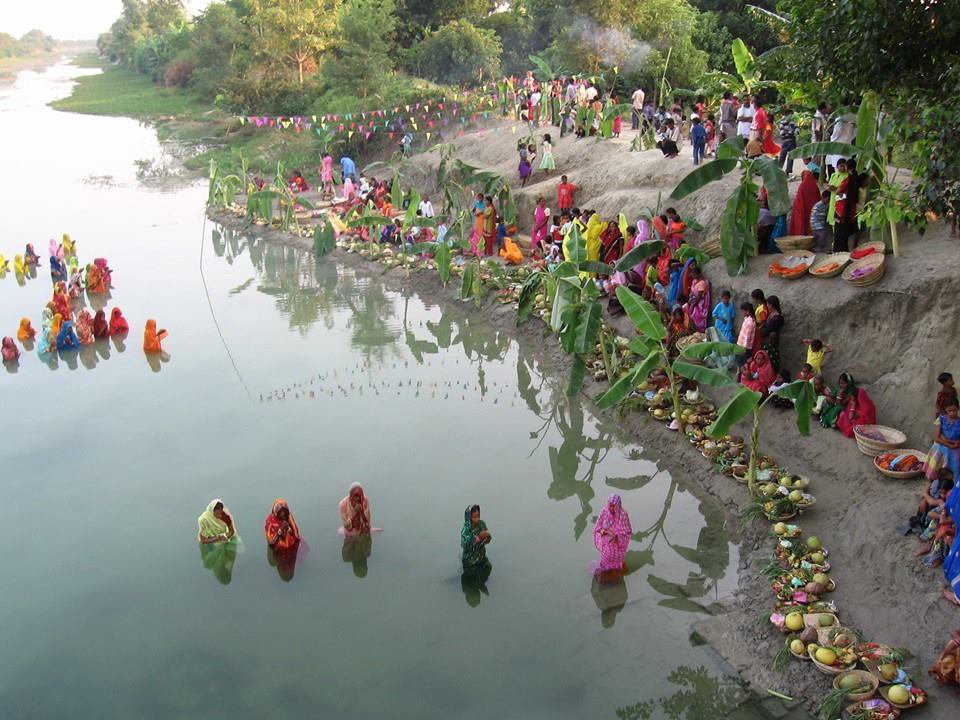
So, by the looks of it, Chhath puja seems to be performed from around the Early Vedic Period. And apparently, the sages of that era used to perform the puja by exposing themselves to direct sunlight to gain energy from the rays of the Sun and did not consume any eatables.
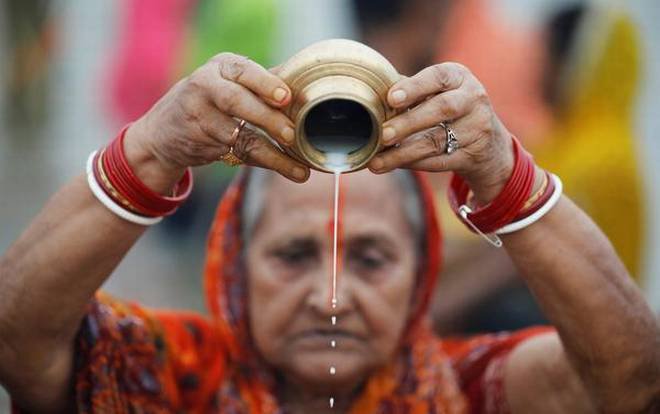
In fact, ancient text suggests that Lord Rama incepted Chhath puja. It is believed that Lord Rama and his wife Sita had observed a fast and offered prayers to the Sun God, in the month of Kartika in Shukla Paksha, once they returned to Ayodhya after 14 years of exile.
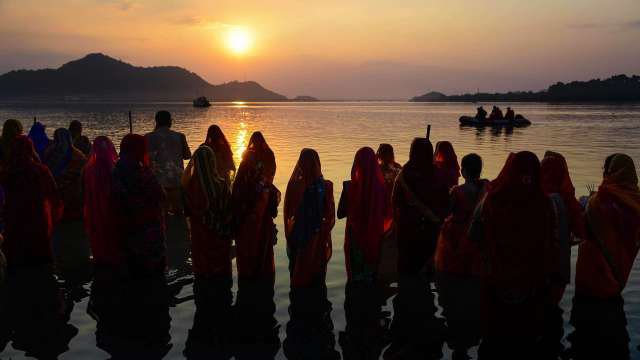
During Chhath Puja, people thank Lord Surya, the God of light, life force and energy for sustaining the life of Earth. In fact, this is the only festival that is dedicated to Lord Surya, who is supposed to be the source of all powers.
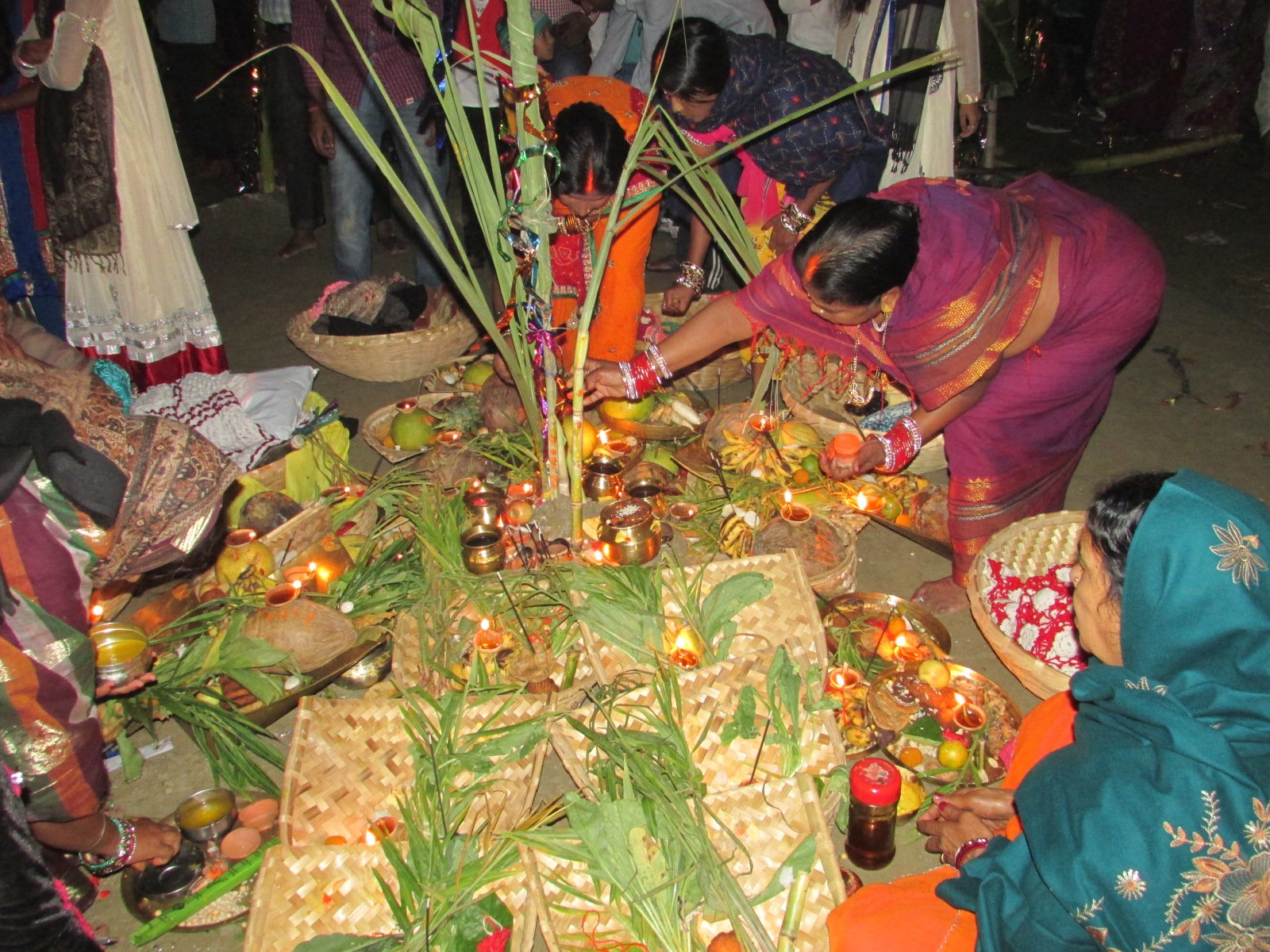
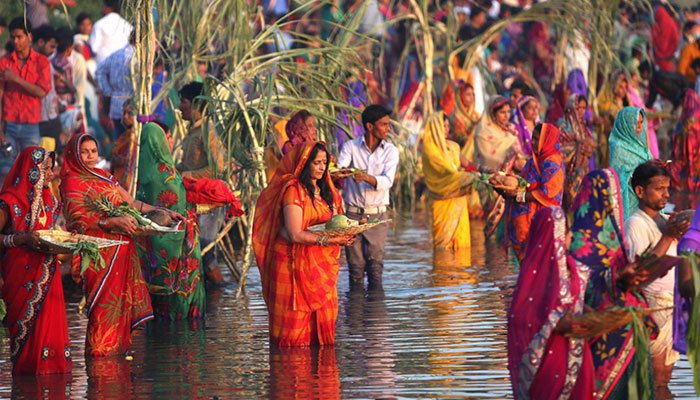
Devotees chant a few mantras from the Rig Veda texts while offering prayers to the Sun. So, basically the rituals of the festival include fasting, holy bathing, worshipping the sun and offering prasad Arghya to the rising and setting Sun deity.
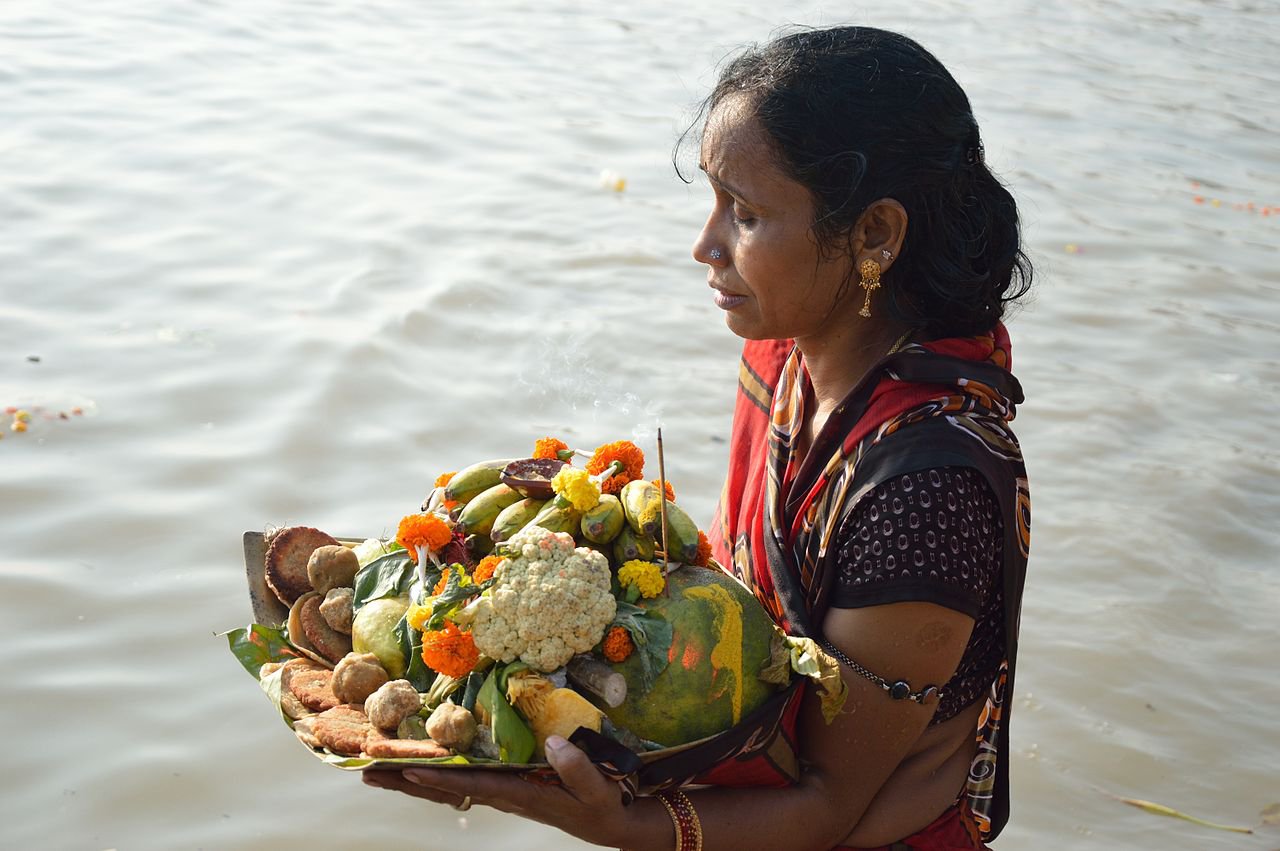
On Nahay Khay, the first day of puja, devotees take a dip in the holy river and carry home the holy water to prepare the offerings. On the second day of Chhath puja, Kharna, the devotees observe a day long fast and break their fast in the evening after worshipping the Sun.
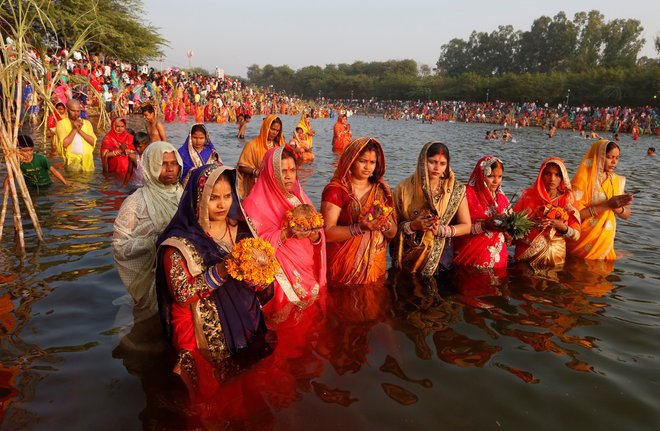
On the third day, Sandhya Arghya, after preparing prasad, devotees take a dip in the holy water in the evening and make offerings to the setting sun at the riverbank or a common large water body.
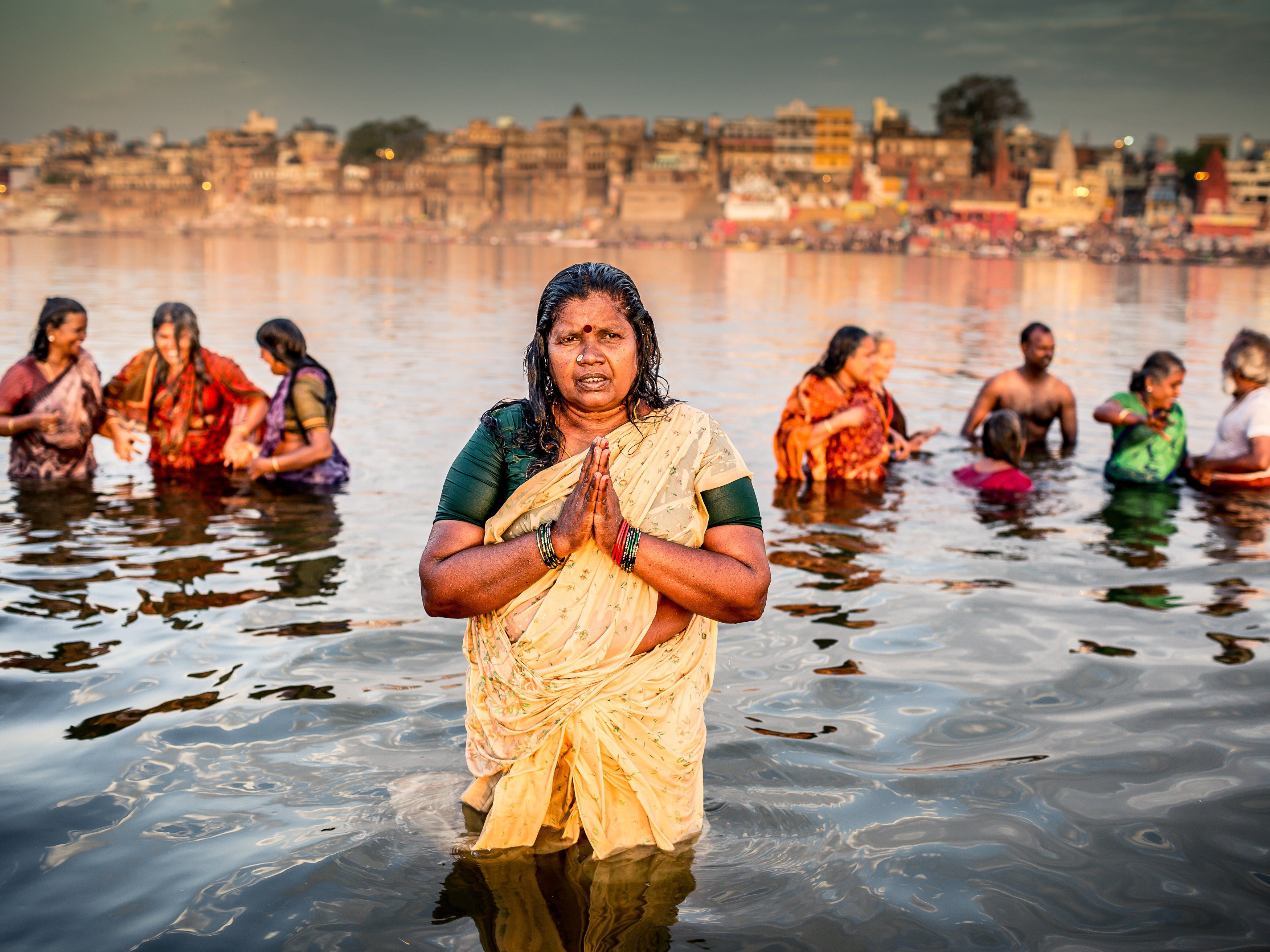
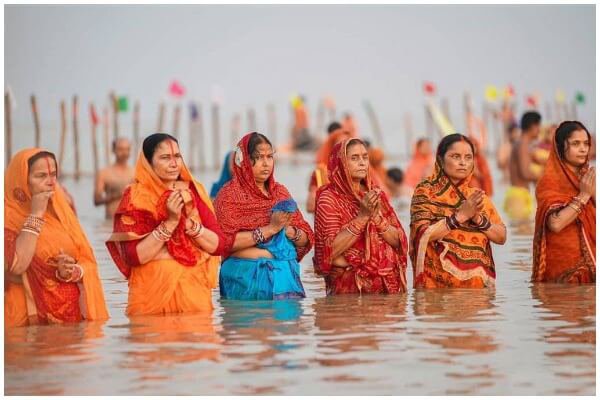
On the fourth and last day of the festival, Usha Argya, devotees go to the holy waters a little before sunrise to make the offerings. The festival comes to an end with the breaking of the fast by having Chhath prasad.
Happy Chhath puja to you and your family.

















